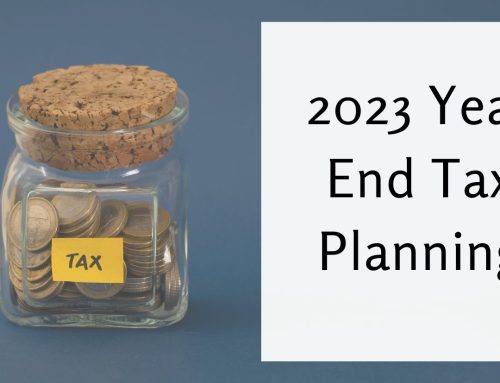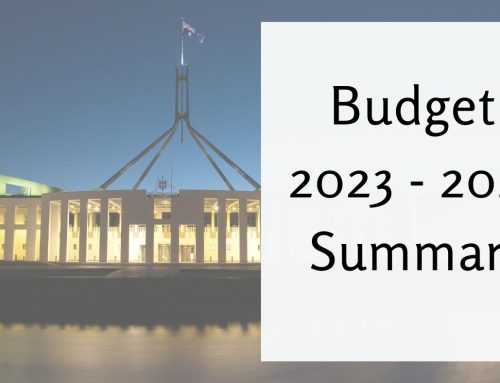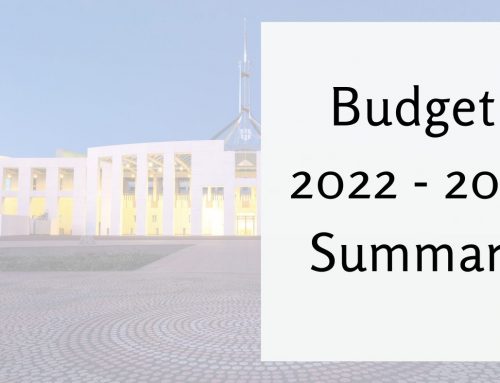Unlike the Federal Vacancy Tax, the Victorian Vacant Residential Land Tax (VVRLT) is not limited to foreign residents. It is imposed against all residential land owners who allow their residential properties to remain vacant for more than 6 months in a calendar year.

If you own a residential property within the boundaries of one of these councils then the Victorian vacant residential land tax could apply. A residential property is any property that is capable of being used solely or primarily for residential purposes. It includes properties that can be occupied, are occupied or are intended to be occupied as residences or for residential accommodation regardless of how long the occupation is for. For example, an apartment purchased individually is capable of being used as a residence. If the owner enters into a management agreement with a serviced apartment operator that apartment will be subject to the vacant residential land tax if it is vacant for more than 6 months in a year (and meets all other tests).
The vacant residential land tax applies from 1 January 2018 and is based on the use and occupation of the property in the previous calendar year. As such, if you owned your property prior to 1 January 2017, you need to ensure that the residential property was not vacant for more than 6 months in the 2017 and subsequent calendar years. The rate of tax payable under the Victorian vacant residential land tax is equal to 1% of the Capital Improved Value (CIV) of the property as set out on your council rates notice. Importantly, there is no threshold value; the tax applies to all residential owners owning properties within the named council areas irrespective of property value.
As with the Federal Vacancy Tax, the definitions of key terms is important to understand so that you can assess whether or not you maybe liable for the Victorian vacant residential land tax. The key terms and definitions are as follows:
Vacant
A property is considered to be Vacant unless it was occupied for more than 6 months in the preceding calendar year by the owner (or the owner’s permitted occupier) as their principal place of residence or a person under a lease or short term letting arrangement. The term “principal place of residence” is the home you occupy and where you primarily reside.
During the period 1 January to 31 December 2017 (the calendar year on which the 2018 vacancy tax is determined – being the first year of operation) you are deemed to have occupied the property between the period 1 January to 30 April 2017. Hence, to remain outside the vacancy tax system in the first year the property only had to be occupied for more than 2 months between the period 1 May and 31 December 2017. Thereafter, owners must ensure that the property is occupied for more than 6 months of the year.
Residential Property
Residential property is defined to mean land capable of being used solely or primarily for residential purposes such as an apartment or home.
Exemptions
In general, if the residential property is exempt from land tax it will be exempt from the vacancy residential land tax. In particular, some of the specific exemptions include:
(i) Principal place of residence is exempt. Even if you were away on holidays for more than 6 months of the calendar year, the principal place of residence exemption continues to apply.
(ii) If a residential property is vacant because it now forms a part of a deceased estate then it will be exempt for up to 3 years provided the property was occupied as the owner’s principal place of residence immediately before their death.
(iii) A holiday home is exempt if the property is occupied by the owner for at least 4 weeks in the calendar year, the owner of the holiday house had a difference principal place of residence and the State Revenue Office (SRO) is satisfied that the property is a genuine holiday house. Importantly, an owner can only claim the exemption for 1 holiday home in a calendar year.
(iv) A change of ownership of the residential property during a calendar year will make that property exempt in the following calendar year. For example, if I purchase a property in the 2019 calendar year then I will not be liable to pay the vacant residential land tax in the 2020 year.
(v) If a property is converted to a residential property during a calendar year, it will be exempt in the following calendar year.
Please note that many of the exemptions will not apply where the residential property is owned in a company or trust structure.
If you have a residential property that is located within one of the named council areas and the property has been vacant for more than 6 months in the calendar year then you are required to notify the state revenue office by the 15th January each year via the SRO online portal. If you are able to utilise one of the exemptions then you must advise the SRO as to which exemption you are eligible to use. Hence, if the property has been vacant for more than 6 months then you must report to the SRO even if there is an exemption available. Failure to do so could result in penalties being imposed.
Should you require any assistance in relation to the Victorian Vacant Residential Land Tax provisions, please do not hesitate to contact our office.





